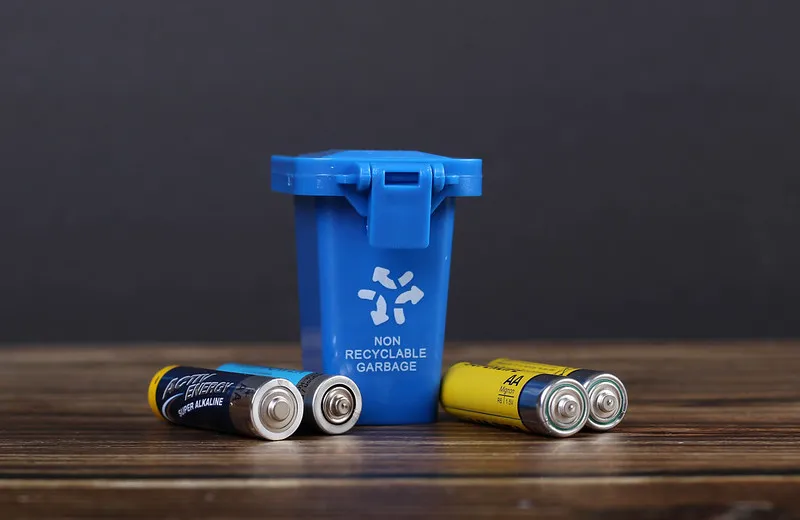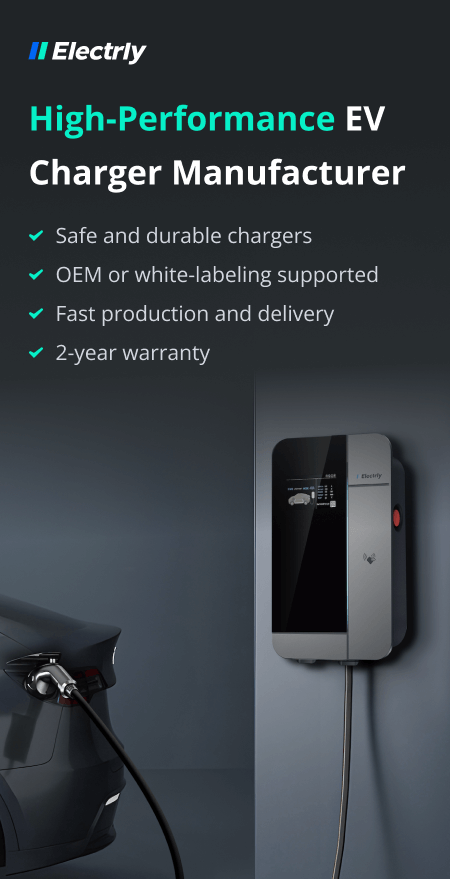When it comes to choosing a car charger, you may be faced with two options: AC or DC. What's the difference between these two types of car chargers, and which one is right for you?
I. What are the uses of second-life batteries?
A second-life battery, also known as the repurposed battery, is a used battery that has reached the end of its useful life in electric vehicles (EVs). However, these batteries still have a significant amount of energy storage capacity. Thus, they can be repurposed and used for various applications such as energy storage systems, load leveling, and backup power.
One of the main uses of a second-life battery is in energy storage systems. These systems can store renewable energy, including wind and solar power that can be deployed when required. It often helps to stabilize the grid and reduce the need for fossil fuels.
Second-life batteries can also be used in microgrids, small-scale power systems operating independently from the main grid. But it doesn’t end there.
Another use for second-life batteries is load leveling, balancing the grid’s electricity demand. Using second-life batteries to store excess energy during periods of low demand, utilities can then release this energy during periods of high demand, helping stabilize the grid.
Backup power is another use for second-life batteries. They can be used in power outages to provide power to critical loads, such as hospitals or emergency services.
II. What is the process of recycling batteries?

source: 1001freedownloads
The process of battery recycling is a method of recovering valuable materials from used batteries and diverting them from landfills. The process typically begins with collecting used batteries, which can be done by battery manufacturers, retailers, or special collection programs. However, this recycling is done using the following processes.
- Repurposing – The process of repurposing batteries involves taking used batteries that have reached the end of their useful life in electric vehicles (EVs) and giving them a new life. It usually consists in using them for energy storage systems, load leveling, and backup power. This can be done by repurposing the batteries for use in microgrids. This can supply power to level 2 EV chargers that usually depend on the main grid for power. It not only provides a new use for these batteries but also helps to reduce the environmental impact of EV battery disposal.
- Refurbishment – Refurbishing batteries entails restoring used-up EV batteries to a like-new condition. This is done by testing the batteries, replacing damaged or worn-out components, and then repackaging them for use in new applications. It helps to stretch the lifespan of the batteries further without the undesirable harms caused to the environment manufacturing new batteries.
- Recycling – Taking out materials such as lithium and nickel from broken down used batteries are essentially the battery recycling process. These materials can then be used to manufacture new batteries. This process helps to conserve natural resources, reduce the environmental impact of EV battery disposal, and create new jobs in the recycling industry.
Essentially, repurposing, refurbishment, and recycling – the 3 Rs are the processes used to manage the end-of-life of batteries. Even if you’ve installed a level 3 EV charger for charging your EV batteries, it is ultimately extending your battery life that matters. Also reducing harmful environmental impact and preserving the resources used in producing batteries are also essential.
III. What are the main benefits of battery recycling and reuse?

source: flickr.com
Why let old batteries die when you can recycle and reuse them?
Recycling and reusing batteries is like giving your old phone a new battery instead of buying a new one. Not only does it save you money, but it also helps to reduce the environmental impact of battery disposal.
One of the main benefits of recycling and reusing batteries is that it helps to conserve resources. Recycling and reusing batteries can reduce the need for new raw materials, such as lead and nickel, which are used to produce batteries. This helps to conserve these valuable resources and reduce the environmental impact of extracting them.
Another benefit of recycling and reusing batteries is that it helps to reduce greenhouse gas emissions. The production of new batteries is a carbon-intensive process, and recycling and reusing batteries can help to reduce the number of new batteries that need to be produced, ultimately decreasing the associated emissions.
And don’t also forget the financial benefits. Recycling and reusing batteries can help to reduce the cost of producing new batteries and ultimately reduce the cost of EVs. In short, battery recycling and reuse are essential not only for the environment but also for your wallet.
IV. What is the Second Life Energy Storage System?
Second Life Energy Storage Systems (SLESS) refers to repurposed electric vehicles (EVs) that might not be 100% effective for powering an EV for its designed range. These batteries often have their capacities reduced significantly and, as such, are considered impractical for powering EVs. They are then repackaged and used for energy storage applications.
SLESS can be used in various applications, such as grid stabilization, load leveling, and backup power. They can store excess energy during periods of low demand and release it during periods of high demand, helping to stabilize the grid. They can also be used in small-scale power systems, also known as microgrids, operating independently from the main grid.
SLESS can also store renewable energy, such as solar or wind power, and then release it when needed. This helps to reduce the need for fossil fuels and promote clean energy.
In the same way, a portable EV charger can act as a backup to stationary chargers, SLESS can be used as a backup power source. In case of power outages, it helps to provide power to critical facilities, including emergency services, where essential functions must go uninterrupted.
SLESS not only provides a new use for these batteries but also helps to mitigate against the harmful impact of EV battery disposal on the environment while promoting clean energy.
V. What are the Challenges while using second-life batteries?
While Second Life Energy Storage Systems (SLESS) can provide several benefits, some challenges must be addressed when using repurposed batteries.
One of the main challenges is the variability in the remaining capacity of the batteries. As batteries age, their capacity can decrease, making it difficult to predict how long they will last in a given application. This can make it challenging to plan for replacement and maintenance.
Another challenge is the cost of repurposing the batteries. Repackaging and testing the batteries can be costly and may not be economically viable for some applications.
Safety is another concern with repurposed batteries. As batteries age, they can become more prone to failure, and it’s crucial to have proper safety measures in place to prevent fires or other accidents.
Yet, another major challenge is the management of the end-of-life of these batteries. This includes the cost and environmental impact of disposing of the batteries after their second-life usage.
Drawbacks in any process or tool are never the end of the world. Finding the means to effectively address these challenges is crucial for effectively implementing SLESS in energy storage systems.
Conclusion
In conclusion, Second Life batteries are like the phoenix rising from the ashes of your electric car’s battery life. Just because a battery has reached the end of its life in an EV doesn’t mean it’s ready for the scrap heap. These batteries can be repurposed and used for various applications, such as energy storage systems, load leveling, and backup power. Not only does this extend the life of the batteries, but it also helps to reduce the environmental impact of battery disposal while promoting clean energy. So, don’t send your old EV battery to the landfill just yet. Give it a chance at a second life!

